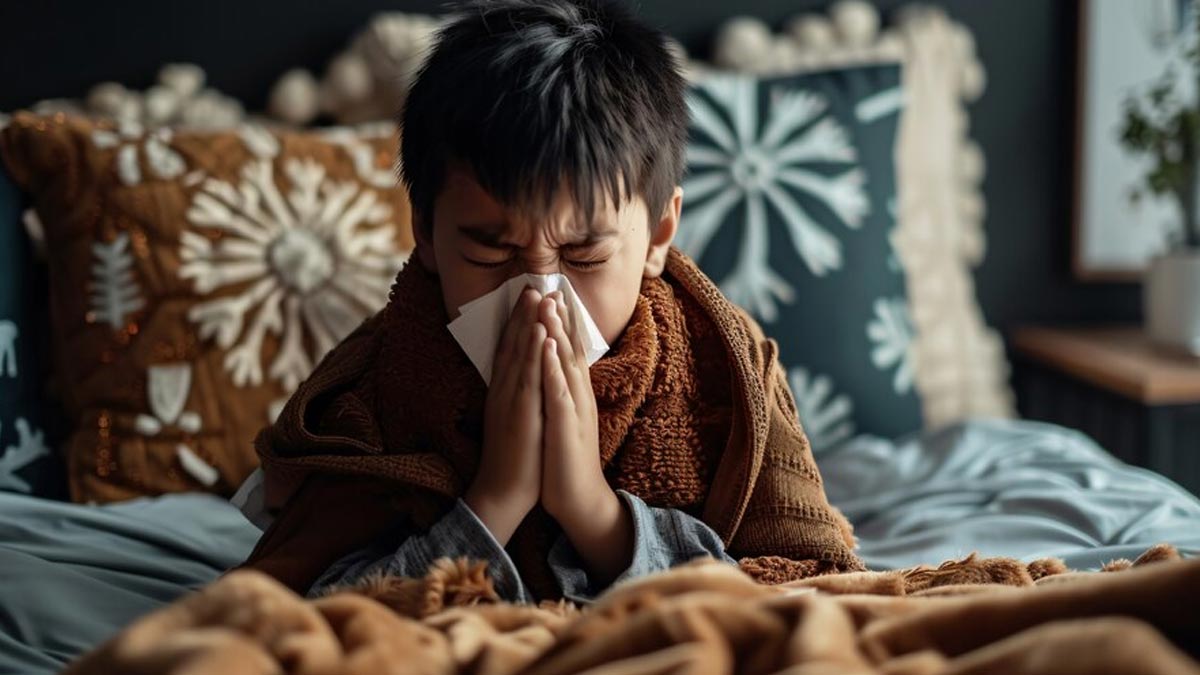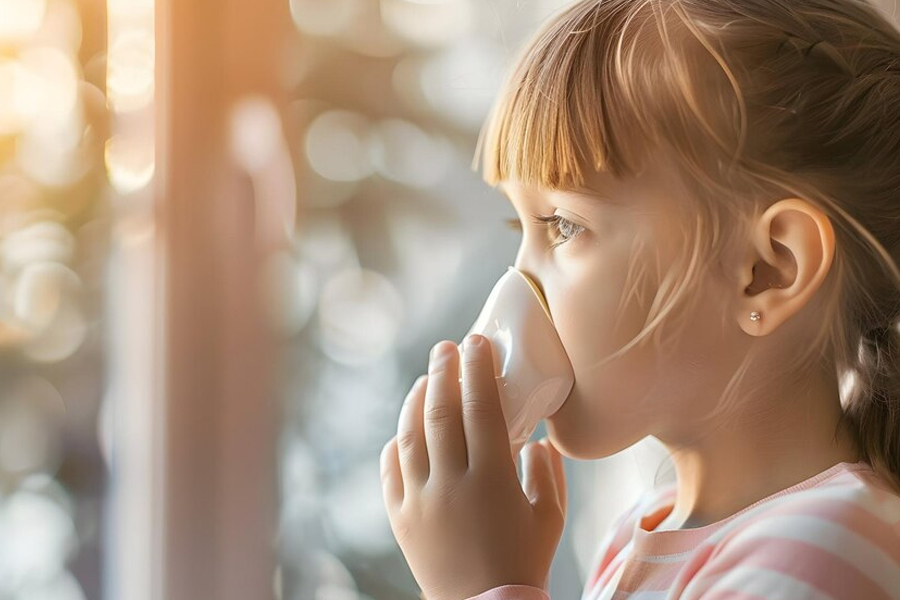
Diwali brings light, laughter, and joy, but for many kids, the smoke and pollution in the air can make it hard to breathe comfortably. As parents, keeping an eye on our children’s health is always a priority, and during this festive season, it becomes even more essential. Identifying signs of respiratory distress can ensure they get the help they need without delay. To shed light on this, we spoke to Dr Kushal Agrawal, HOD, Department of Neonatology and Paediatrics, KVR Hospital, Kashipur, who explained how to recognise these signs and when to seek support.
Table of Content:-
Early Signs of Respiratory Distress in Kids During Diwali
Here are some signs that your child may be having trouble breathing and should be sent to the doctor:
Breathing Rate

"Determine your child's breathing rate by counting their breaths per minute. An increase could indicate that they are exerting more effort to breathe or are not receiving enough oxygen. This may be an early indication of respiratory discomfort that is mild but significant," said Dr Agrawal.
Heart Rate
Low oxygen levels are frequently associated with a higher heart rate. This occurs because the body attempts to move the available oxygen around faster. Putting your palm on your child's chest will allow you to gently check for a fast heartbeat.
Also Read: Diwali 2024 Pregnancy Guide: Essential Tips for a Safer and Healthier Celebration
Flaring of the Nose

"Widening nostrils with each breath can indicate laboured breathing. The nostrils flare to draw in more air, often involuntarily, as the body attempts to compensate for inadequate oxygen. This physical effort can be another visible cue of respiratory discomfort," added Dr Agrawal.
Colour Shifts
Check for any bluish colour around your child's fingernails, lips, or mouth. Low oxygen levels can also be indicated by pale or greyish skin, which may be seen even before the blue hue develops.
The Sound of Grunting
Your child's body keeps the airways open by making a little grunt with each exhale. Even though it is simple to overlook, pay close attention if you think your child is having difficulties.
Retractions
With every breath, check to see if the skin is sinking between the ribs, around the breastbone, or under the neck. The body is striving to get air into the lungs when it retracts.
According to the University of Rochester Medical Center, with each breath, the area just below the neck, under the breastbone, or between the ribs may seem to sink in. "This is because the body is striving to get air into the lungs when it retracts. You might also notice the neck muscles moving as your child inhales," added Dr Agrawal.
Also Read: Diwali 2023: Experts List First Aid For Breathing Difficulties
Sweating

If your child’s skin becomes clammy or they sweat on the head without being physically active, it may be a result of respiratory strain. Chilly, sweaty skin suggests their body is under stress and trying to cool itself, often due to rapid breathing and increased energy output to maintain oxygen levels.
The wheezing sound
When your infant breathes, listen for a whistling or melodic sound. Wheezing indicates that their airways are more constricted than normal, which makes breathing more difficult.
Stridor
Your child may have stridor, a common sign of a blocked or restricted airway. This condition often produces a high-pitched sound when they breathe in, especially if it originates from the upper airway.
Breathing with Extra Muscles
Examine the muscles in your child's neck. Your child may be putting extra effort during breathing and if the neck muscles appear to be moving a lot or if the head is bobbing with each breath then your child is exerting significant efforts for adequate breathing.
Variations in Alertness
A decrease in oxygen levels can make your youngster look more exhausted or drowsy. This may be a sign of respiratory exhaustion, particularly if your child's typical level of energy has abruptly changed.
Bottomline
Dr Agrawal concluded, “Seek medical attention if your child exhibits one or more of these symptoms. Early detection of these symptoms can help guarantee that your kid receives the assistance they require, which is particularly crucial in cases of respiratory problems.”
[Disclaimer: This article contains information provided by an expert and is for informational purposes only. Hence, we advise you to consult your own professional if you are dealing with any health issues to avoid complications.]
Also watch this video
How we keep this article up to date:
We work with experts and keep a close eye on the latest in health and wellness. Whenever there is a new research or helpful information, we update our articles with accurate and useful advice.
Current Version
